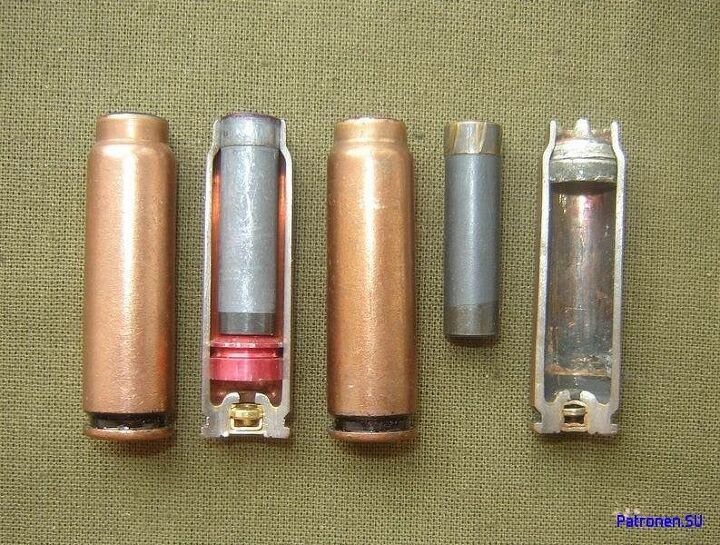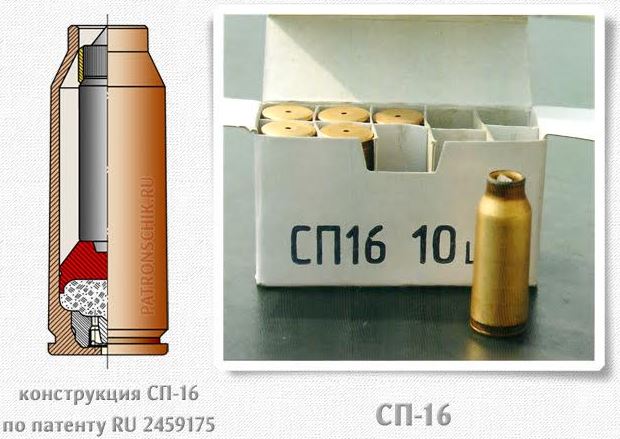- Joined
- Aug 8, 2008
- Messages
- 6,070
- Points
- 83
https://mil.news.sina.com.cn/world/2019-05-12/doc-ihvhiqax8184622.shtml
俄军开始接收静音迫击炮 超1公里外悄无声息摧毁目标
俄军开始接收静音迫击炮 超1公里外悄无声息摧毁目标
21
俄罗斯国防工业消息人士周二告诉塔斯社,俄罗斯军队已经开始接收最先进的2B25“海鸥”静音迫击炮。
报道引述消息人士称,“特种部队最近收到了几十门2B25无声迫击炮。在特种部队的行动中,海鸥被证明了它作为一种易于操作和可靠的武器,它实际上是隐形的。
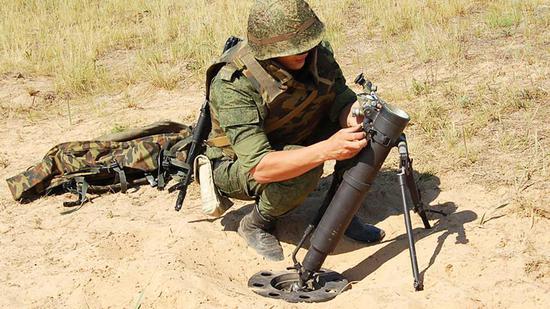
2B25迫击炮能够在超过1公里的距离内悄无声息地摧毁目标。消息人士称,制造商将继续向俄罗斯军队交付2B25迫击炮,但没有透露具体细节。
82毫米2B25“海鸥”迫击炮由Burevestnik中央研究和发展研究所(隶属于国家高科技公司Rostec的Uralvagonzavod国防制造商)开发。
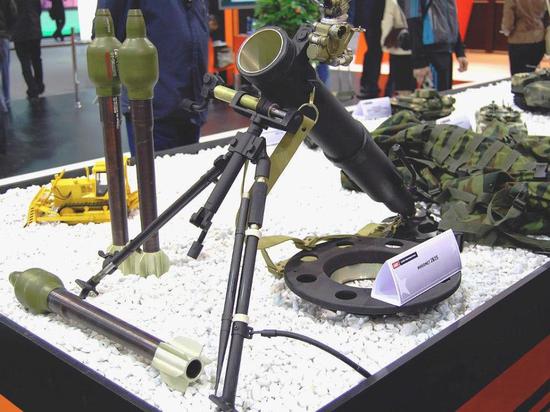
据俄罗斯厂商公布的数据,“海鸥”静音迫击炮由两名士兵操作,射程最小100米,最大能够打击1200米以外的目标,射速为每分钟15发。迫击炮射角45度至85度,可通过移动双脚架实现360度环射。行军作战转换时间30秒。迫击炮战斗全重13公斤,可由一名士兵携带。
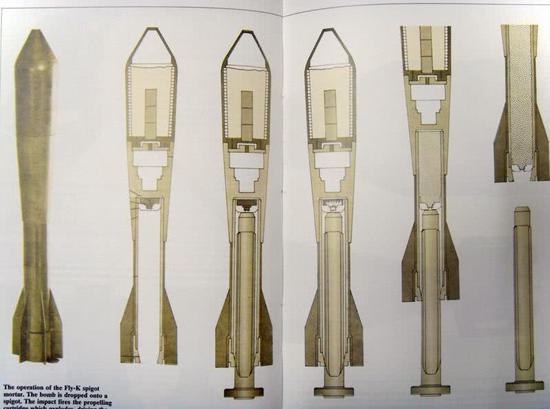
“海鸥”静音迫击炮使用3VO35 82毫米弹药。这种静音发射的炮弹由普通的迫击炮弹头和一个长管尾翼组件组成。长管就是一个活塞弹射筒。内置活塞和发射药,发射时长管塞进迫击炮的长击针套管上,发射药点火后推动活塞向底端移动,到达尾管底部被卡住。由于燃烧的火药气体被封闭,发射时无烟、无光、声音很小。
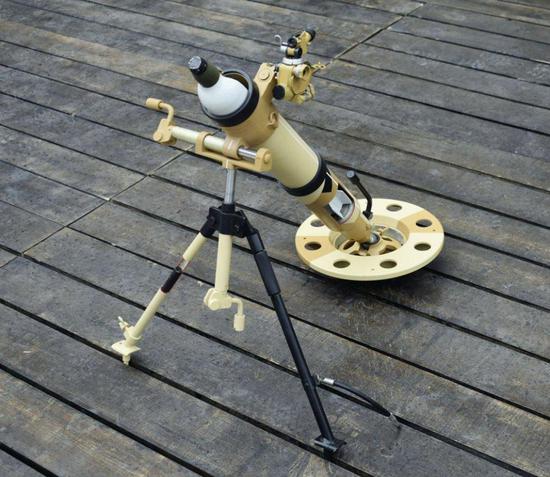
静音迫击炮十分适合执行特种作战任务,明显优势在于它能够以极少的视觉或听觉特征进行操作。它还可能降低迫击炮的红外特征,使对手很难从地面或空中发现它。虽然这种发射原理由于活塞行程限制,发射药有限,射程较近。不到60毫米轻型迫击炮的一半。
消息人士称,俄罗斯将进一步开展改进静音迫击炮的工作。目前,俄罗斯专家们正在研究开发一种更小口径的静音迫击炮,这可能是一种60毫米口径的火炮,射程将大幅提高,能够打击3.5至4公里以外的目标。
俄罗斯制造商声称,2B25是目前世界武器市场上唯一的静音迫击炮。
The Russian army began to receive silent mortars and destroyed the target silently 1 km away.
The Russian army began to receive silent mortars and destroyed the target silently 1 km away.
twenty one
Russian defense industry sources told Tass on Tuesday that the Russian army has begun to receive the most advanced 2B25 "gull" mute mortar.
The report quoted sources as saying that "the special forces have recently received dozens of 2B25 silent mortars. In the operation of the special forces, the seagulls have proved itself as an easy-to-operate and reliable weapon, which is actually invisible.
The 2B25 mortar can silently destroy the target within a distance of more than 1 km. According to sources, the manufacturer will continue to deliver 2B25 mortars to the Russian army, but did not disclose specific details.
The 82mm 2B25 "Seagull" mortar was developed by the Burevestnik Central Research and Development Institute (a Uralvagonzavod defense manufacturer affiliated with the national high-tech company Rostec).
According to data released by Russian manufacturers, the "Seagull" silent mortar was operated by two soldiers with a minimum range of 100 meters and a maximum target of 1200 meters. The rate of fire was 15 rounds per minute. The mortar can be angled from 45 degrees to 85 degrees and can be 360 degrees by moving the tripod. The marching combat time is 30 seconds. The mortar is 13 kilograms in total and can be carried by a soldier.
The "Seagull" mute mortar uses 3VO35 82mm ammunition. This silently fired projectile consists of a common mortar warhead and a long tube tail assembly. The long tube is a piston cartridge. Built-in piston and propellant, the long tube is inserted into the long needle sleeve of the mortar. After the propellant is ignited, the piston is pushed to the bottom end and the bottom of the tail tube is stuck. Since the burning gunpowder gas is blocked, it emits smokeless, dull, and sounds very small.
Silent mortars are well suited for performing special operations tasks, with the obvious advantage of being able to operate with minimal visual or auditory features. It may also reduce the infrared characteristics of the mortar, making it difficult for an opponent to find it from the ground or in the air. Although this emission principle is limited due to piston stroke, the propellant is limited and the range is relatively close. Less than half of a 60 mm light mortar.
According to sources, Russia will further work to improve the silent mortar. At present, Russian experts are studying the development of a smaller caliber mortar, which may be a 60mm caliber gun with a significantly higher range that can strike targets from 3.5 to 4 kilometers away.
Russian manufacturers claim that 2B25 is the only silent mortar in the world's weapons market.
俄军开始接收静音迫击炮 超1公里外悄无声息摧毁目标
俄军开始接收静音迫击炮 超1公里外悄无声息摧毁目标
21
俄罗斯国防工业消息人士周二告诉塔斯社,俄罗斯军队已经开始接收最先进的2B25“海鸥”静音迫击炮。
报道引述消息人士称,“特种部队最近收到了几十门2B25无声迫击炮。在特种部队的行动中,海鸥被证明了它作为一种易于操作和可靠的武器,它实际上是隐形的。

2B25迫击炮能够在超过1公里的距离内悄无声息地摧毁目标。消息人士称,制造商将继续向俄罗斯军队交付2B25迫击炮,但没有透露具体细节。
82毫米2B25“海鸥”迫击炮由Burevestnik中央研究和发展研究所(隶属于国家高科技公司Rostec的Uralvagonzavod国防制造商)开发。

据俄罗斯厂商公布的数据,“海鸥”静音迫击炮由两名士兵操作,射程最小100米,最大能够打击1200米以外的目标,射速为每分钟15发。迫击炮射角45度至85度,可通过移动双脚架实现360度环射。行军作战转换时间30秒。迫击炮战斗全重13公斤,可由一名士兵携带。

“海鸥”静音迫击炮使用3VO35 82毫米弹药。这种静音发射的炮弹由普通的迫击炮弹头和一个长管尾翼组件组成。长管就是一个活塞弹射筒。内置活塞和发射药,发射时长管塞进迫击炮的长击针套管上,发射药点火后推动活塞向底端移动,到达尾管底部被卡住。由于燃烧的火药气体被封闭,发射时无烟、无光、声音很小。

静音迫击炮十分适合执行特种作战任务,明显优势在于它能够以极少的视觉或听觉特征进行操作。它还可能降低迫击炮的红外特征,使对手很难从地面或空中发现它。虽然这种发射原理由于活塞行程限制,发射药有限,射程较近。不到60毫米轻型迫击炮的一半。
消息人士称,俄罗斯将进一步开展改进静音迫击炮的工作。目前,俄罗斯专家们正在研究开发一种更小口径的静音迫击炮,这可能是一种60毫米口径的火炮,射程将大幅提高,能够打击3.5至4公里以外的目标。
俄罗斯制造商声称,2B25是目前世界武器市场上唯一的静音迫击炮。
The Russian army began to receive silent mortars and destroyed the target silently 1 km away.
The Russian army began to receive silent mortars and destroyed the target silently 1 km away.
twenty one
Russian defense industry sources told Tass on Tuesday that the Russian army has begun to receive the most advanced 2B25 "gull" mute mortar.
The report quoted sources as saying that "the special forces have recently received dozens of 2B25 silent mortars. In the operation of the special forces, the seagulls have proved itself as an easy-to-operate and reliable weapon, which is actually invisible.
The 2B25 mortar can silently destroy the target within a distance of more than 1 km. According to sources, the manufacturer will continue to deliver 2B25 mortars to the Russian army, but did not disclose specific details.
The 82mm 2B25 "Seagull" mortar was developed by the Burevestnik Central Research and Development Institute (a Uralvagonzavod defense manufacturer affiliated with the national high-tech company Rostec).
According to data released by Russian manufacturers, the "Seagull" silent mortar was operated by two soldiers with a minimum range of 100 meters and a maximum target of 1200 meters. The rate of fire was 15 rounds per minute. The mortar can be angled from 45 degrees to 85 degrees and can be 360 degrees by moving the tripod. The marching combat time is 30 seconds. The mortar is 13 kilograms in total and can be carried by a soldier.
The "Seagull" mute mortar uses 3VO35 82mm ammunition. This silently fired projectile consists of a common mortar warhead and a long tube tail assembly. The long tube is a piston cartridge. Built-in piston and propellant, the long tube is inserted into the long needle sleeve of the mortar. After the propellant is ignited, the piston is pushed to the bottom end and the bottom of the tail tube is stuck. Since the burning gunpowder gas is blocked, it emits smokeless, dull, and sounds very small.
Silent mortars are well suited for performing special operations tasks, with the obvious advantage of being able to operate with minimal visual or auditory features. It may also reduce the infrared characteristics of the mortar, making it difficult for an opponent to find it from the ground or in the air. Although this emission principle is limited due to piston stroke, the propellant is limited and the range is relatively close. Less than half of a 60 mm light mortar.
According to sources, Russia will further work to improve the silent mortar. At present, Russian experts are studying the development of a smaller caliber mortar, which may be a 60mm caliber gun with a significantly higher range that can strike targets from 3.5 to 4 kilometers away.
Russian manufacturers claim that 2B25 is the only silent mortar in the world's weapons market.








